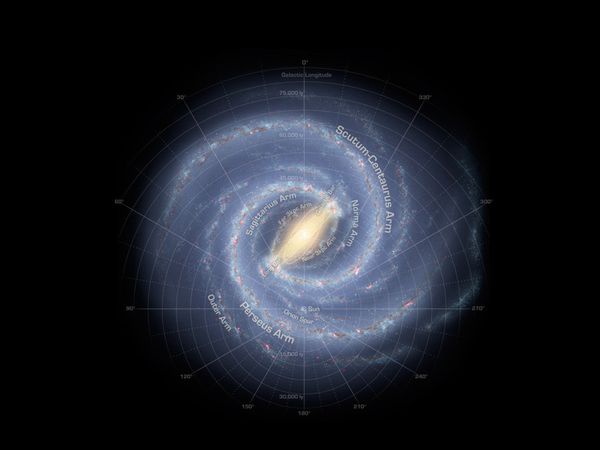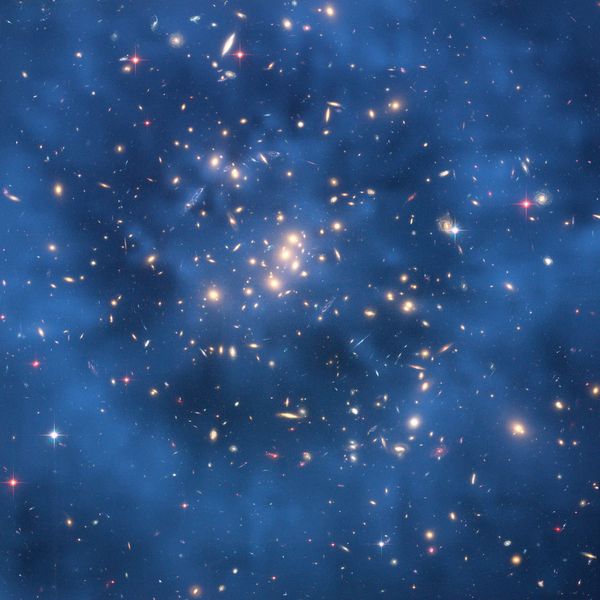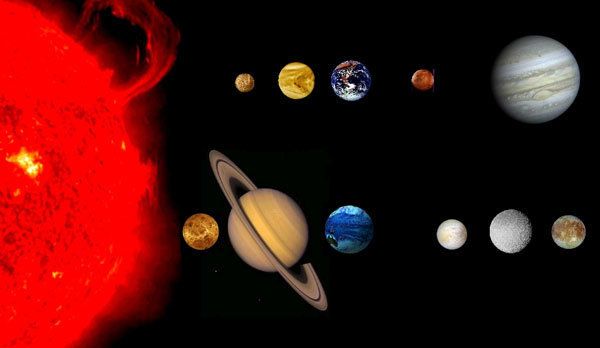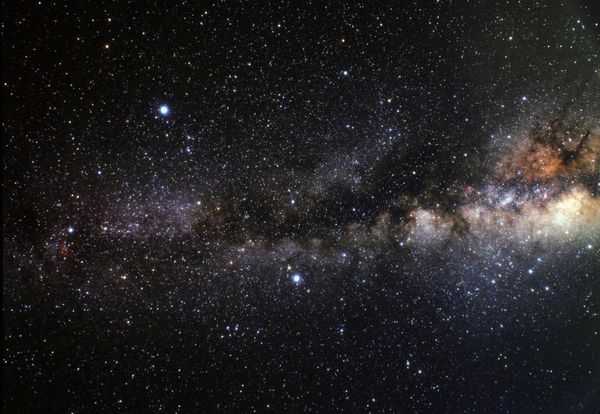We are, as the saying goes, but a tiny speck.
And from time to time, it’s important to put things into perspective. Or, as astrophysicist Neil deGrasse Tyson would tell you, have your mind blown.
Just consider for a moment that while Earth has an equatorial diameter of 7,926 miles, the Milky Way’s is about 621,000,000,000,000,000 miles.
“If your ego starts out, ‘I am important, I am big, I am special,’ you’re in for some disappointments when you look around at what we’ve discovered about the universe,” Tyson once said. “No, you’re not big. No, you’re not. You’re small in time and in space.”
Fortunately, studies have shown that, in addition to an ego check, taking the time to experience awe and feel small can make people happier and less stressed.
Below, seven facts from NASA that will blow your mind and bring you right back to Earth.







Comments
Post a Comment